Tilak Verma reveals he was diagnosed with life-threatening rhabdomyolysis
Tilak Verma has fast become one of India’s most talked-about young cricketers — and not just for his strokeplay. In a recent candid interview, the 22-year-old opened up about a frightening health scare early in his career: a diagnosis of rhabdomyolysis, a rare but potentially life-threatening muscle-breakdown condition that, he says, “could have killed” him if not treated quickly.
The revelation adds a new, human chapter to Tilak Verma’s rise — from battling a serious illness to starring for India on the biggest stage. Below we unpack what happened, explain rhabdomyolysis in plain language, and outline what athletes — and everyday readers — should know about prevention and recovery.
Tilak Verma’s revelation: when and how he spoke about it
Tilak Verma disclosed the diagnosis during a recent episode of Breakfast of Champions, where he described the terrifying onset of symptoms and how medical staff intervened. He said the crisis happened after his maiden IPL season and that he experienced severe muscle weakness — even to the point where “my fingers weren’t moving.”
He credited prompt medical care from his IPL franchise and national team support systems for saving him. Tilak also recounted how team managers and senior officials stayed in touch during his recovery, helping him return to full fitness.
What is rhabdomyolysis? A simple explanation
Rhabdomyolysis (often shortened to “rhabdo”) is a condition in which skeletal muscle breaks down very quickly. When muscle fibers disintegrate, they release substances like myoglobin into the bloodstream. High levels of myoglobin can damage the kidneys and lead to acute kidney injury — in severe cases, this can be life-threatening.
Key features to understand:
- It’s not one single disease — it’s the result of muscle cells breaking down faster than the body can clear the byproducts.
- Causes are varied: extreme exertion, trauma, prolonged compression, certain drugs or toxins, severe dehydration, and in some cases infections.
How Tilak Verma’s case likely unfolded (based on his account)
According to Tilak’s account, the problem followed an intense stretch of training and matches without adequate recovery — a common risk scenario for athletes. He experienced severe muscle pain and weakness; medical teams ran blood tests that confirmed muscle breakdown and started immediate supportive treatment. Early intervention — fluids, monitoring of kidney function and electrolytes, and rest — helped avert lasting harm.
Tilak’s description that he “could have died within hours” underlines how rapidly the condition can escalate when myoglobin and other muscle breakdown products affect the kidneys and metabolic balance. Prompt recognition and hospital care literally made the difference.
Tilak Verma’s comeback: from the hospital ward to match winner
What makes the story especially inspiring is the turnaround. Tilak not only recovered — he returned to elite cricket and produced match-winning performances for India. Most recently, he played a match-defining unbeaten 69 in the Asia Cup 2025 final, a knock that helped India clinch the title. That innings showcased both his talent and how well he’d recovered physically and mentally.
His comeback is a reminder that, with proper medical care and sensible rehabilitation, athletes can return from serious conditions — though every case is unique and requires specialist supervision.
Symptoms, warning signs and when to seek help
Rhabdomyolysis can present with a mix of symptoms. Common red flags include:
- Severe muscle pain, tenderness or swelling.
- Weakness or inability to use affected muscles (Tilak mentioned fingers becoming immobile).
- Dark, tea-coloured urine (suggesting myoglobinuria).
- General symptoms like fever, confusion, nausea, or reduced urine output.
If someone experiences these symptoms after heavy exercise, trauma, prolonged immobilization, or exposure to certain drugs, they should seek urgent medical evaluation. Early blood tests (including creatine kinase and kidney function) and IV fluids can prevent complications.
Why athletes are at particular risk — and how to reduce it
Athletes push their bodies hard, which is usually healthy — but extremes without adequate recovery increase risk. Factors that raise the chance of exercise-related rhabdomyolysis include:
- Sudden spikes in training intensity or volume.
- Dehydration and electrolyte imbalance.
- Training in hot, humid conditions.
- Using certain supplements or medications without medical guidance.
Practical prevention tips:
- Build volume gradually; avoid sudden, extreme load jumps.
- Prioritize rest days and sleep — recovery is training too.
- Stay well hydrated before, during and after heavy sessions.
- Watch for early pain or persistent weakness and get checked if in doubt.
Medical treatment and recovery: what to expect
Treatment centers on stopping further muscle damage and protecting the kidneys:
- Aggressive IV fluids to flush myoglobin from the kidneys.
- Monitoring and correcting electrolytes (potassium, calcium).
- In severe cases, dialysis may be needed if kidneys fail.
- Rest, progressive rehabilitation and supervised return to sport.
Tilak’s rapid diagnosis and access to top medical care were likely decisive in avoiding severe kidney injury and enabling a full sporting return. But treatment must be individualized — these are clinical decisions for doctors.
What fans and fellow athletes can learn from Tilak Verma’s story
Tilak Verma’s story is a powerful mix of caution and hope. It warns against the dangers of overtraining and neglecting recovery, especially for young players whose careers and bodies are still developing. At the same time, it shows how modern sports medicine, timely action, and sensible rehabilitation can bring athletes back from very serious health scares.
For fans, it’s a reminder to respect the human behind the jersey — athletes manage physical and mental pressures every day. For players and coaches, the takeaways are concrete: build recovery into programs, monitor players’ wellbeing, and act quickly if warning signs appear.
Final thoughts: Tilak Verma today — healthy, playing, and grateful
Tilak Verma’s revelation about rhabdomyolysis makes his recent achievements even more impressive. From a near-fatal diagnosis to finishing match-winning chases on the international stage, his journey underscores resilience and the importance of medical support in sport. As he continues his career, the cricket world will watch not just his strokes but how he manages workload and recovery — lessons that could protect other young talents from similar crises.
Also Read: Huma Qureshi and Sunny Singh to Headline the Lucknow Short Film Festival 2025
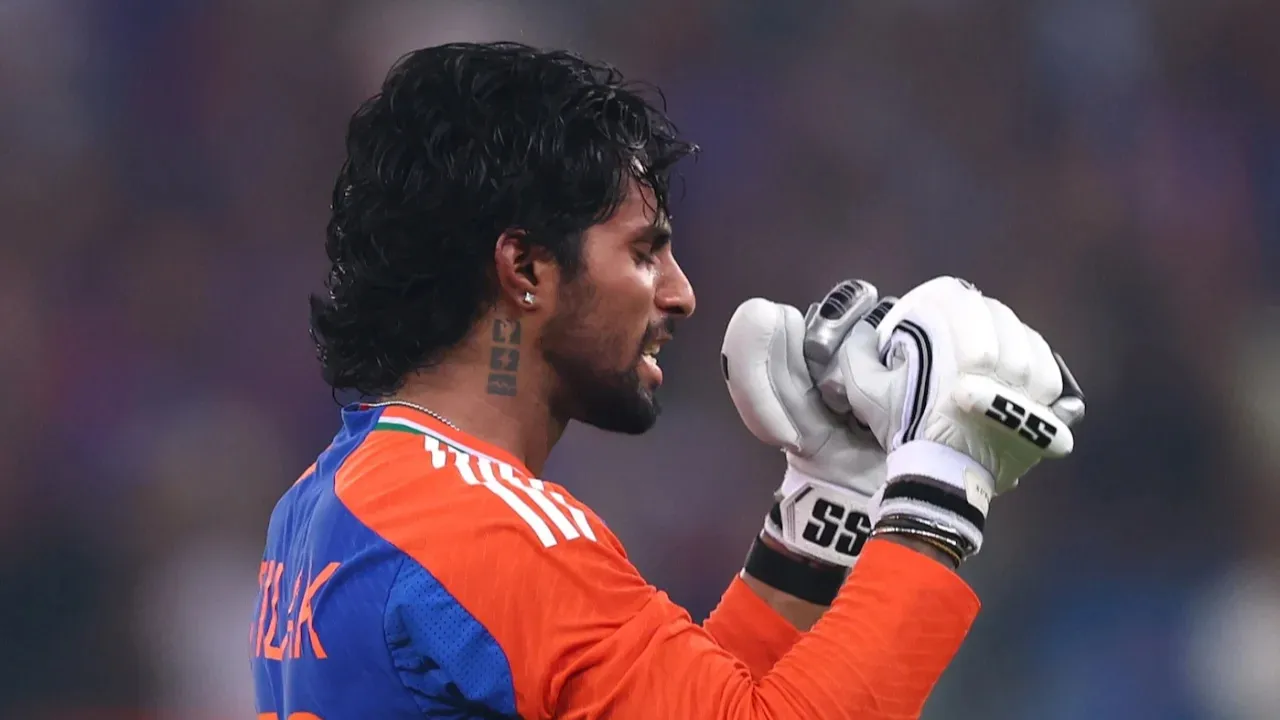

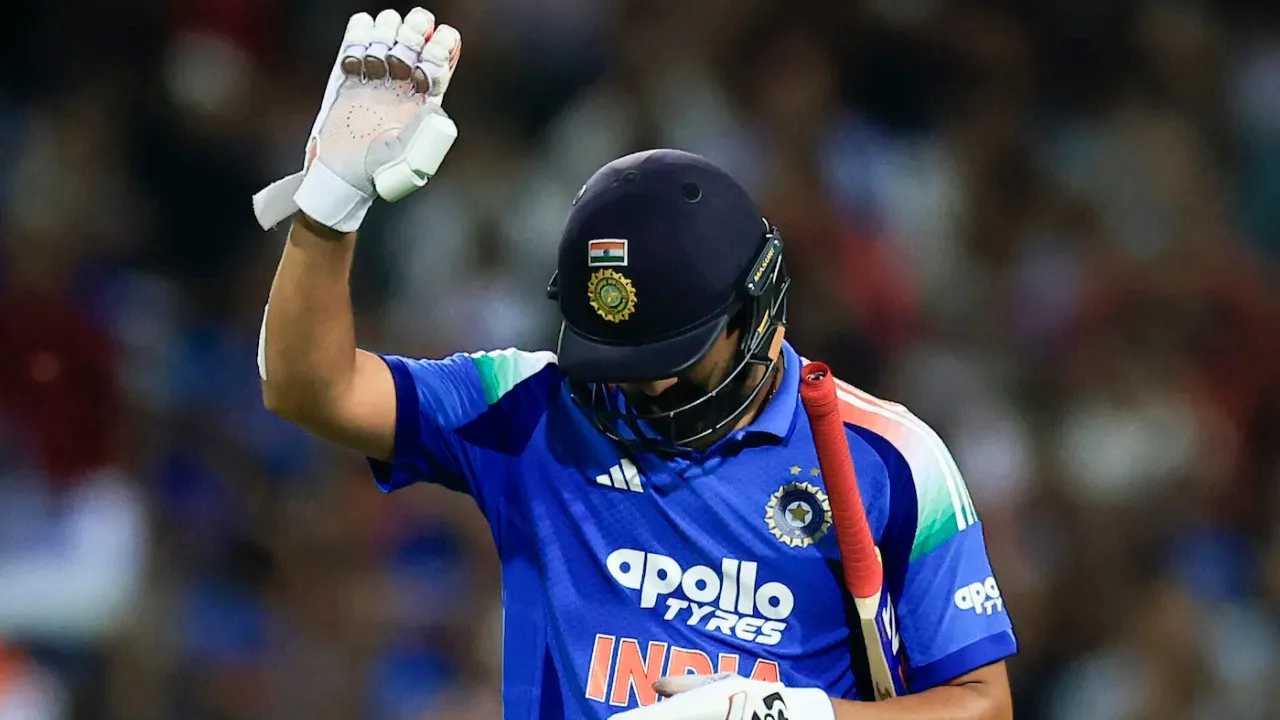
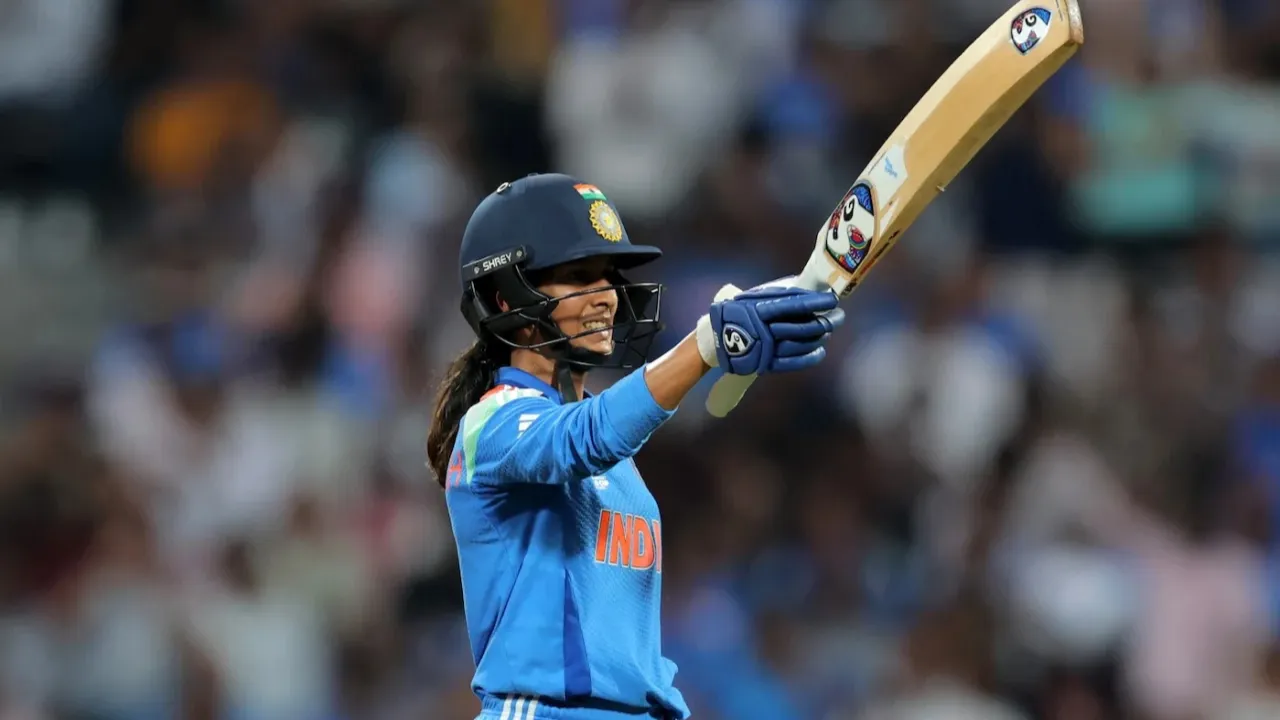
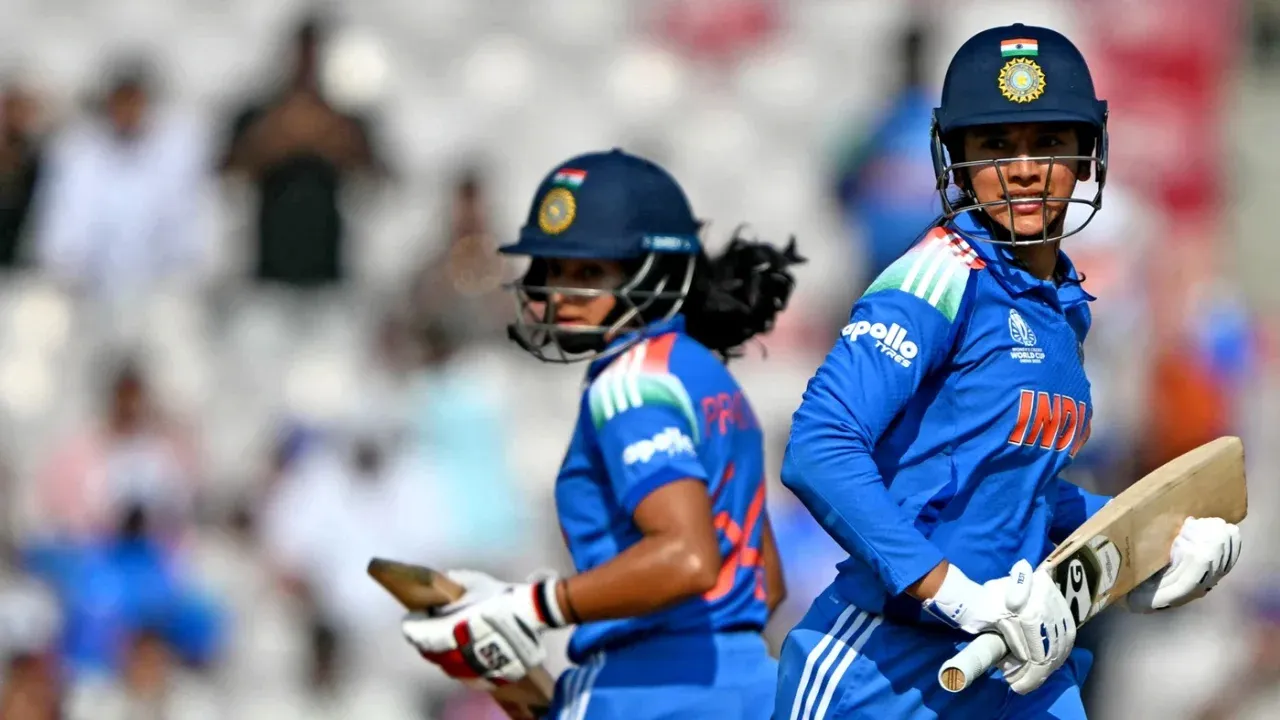
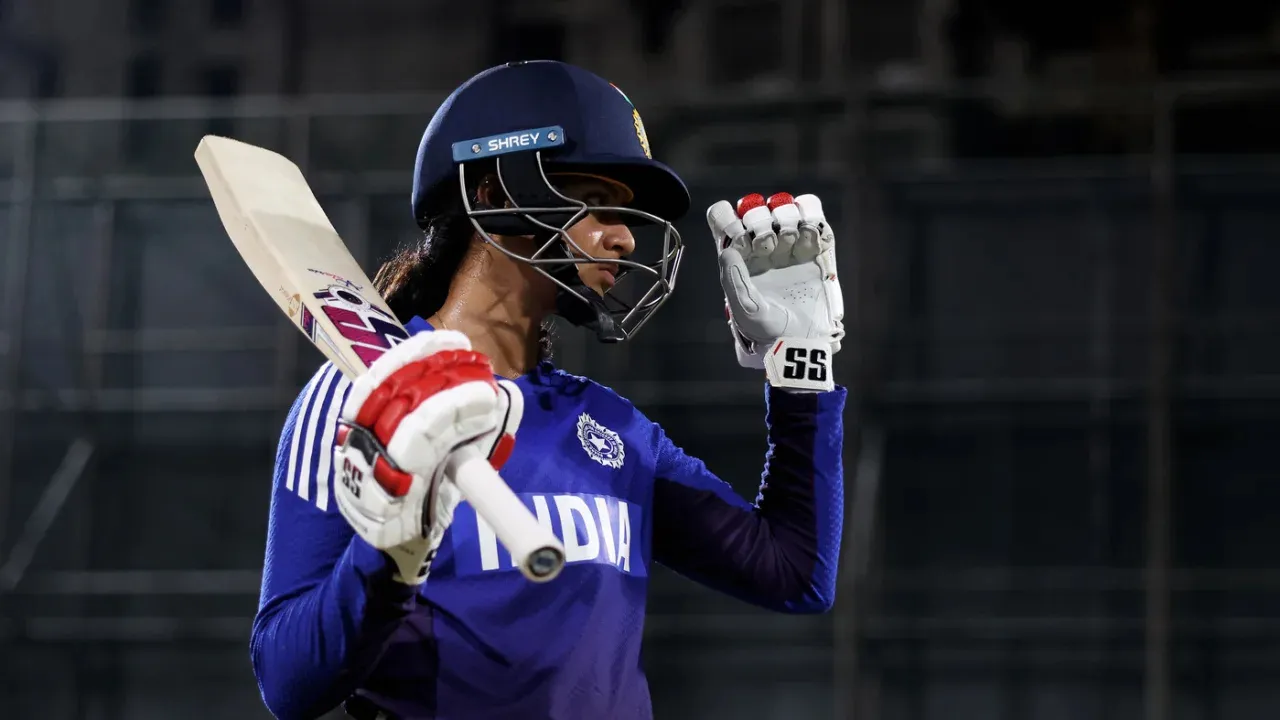
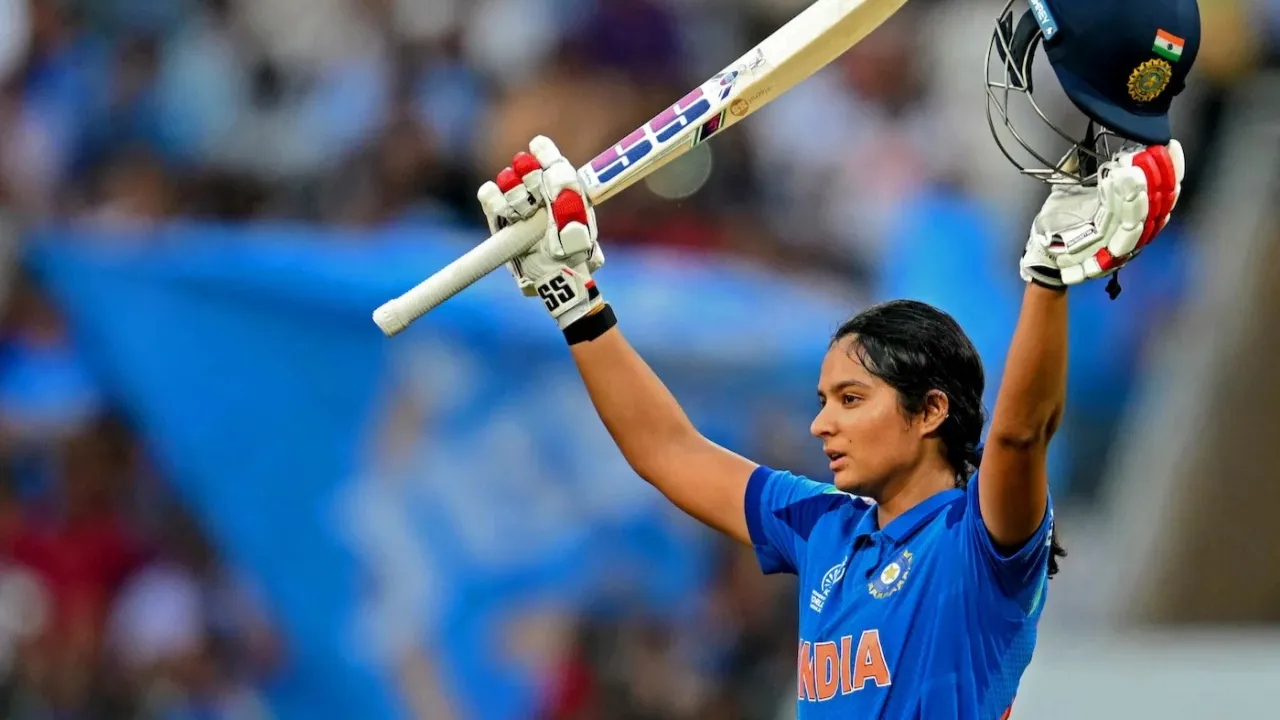
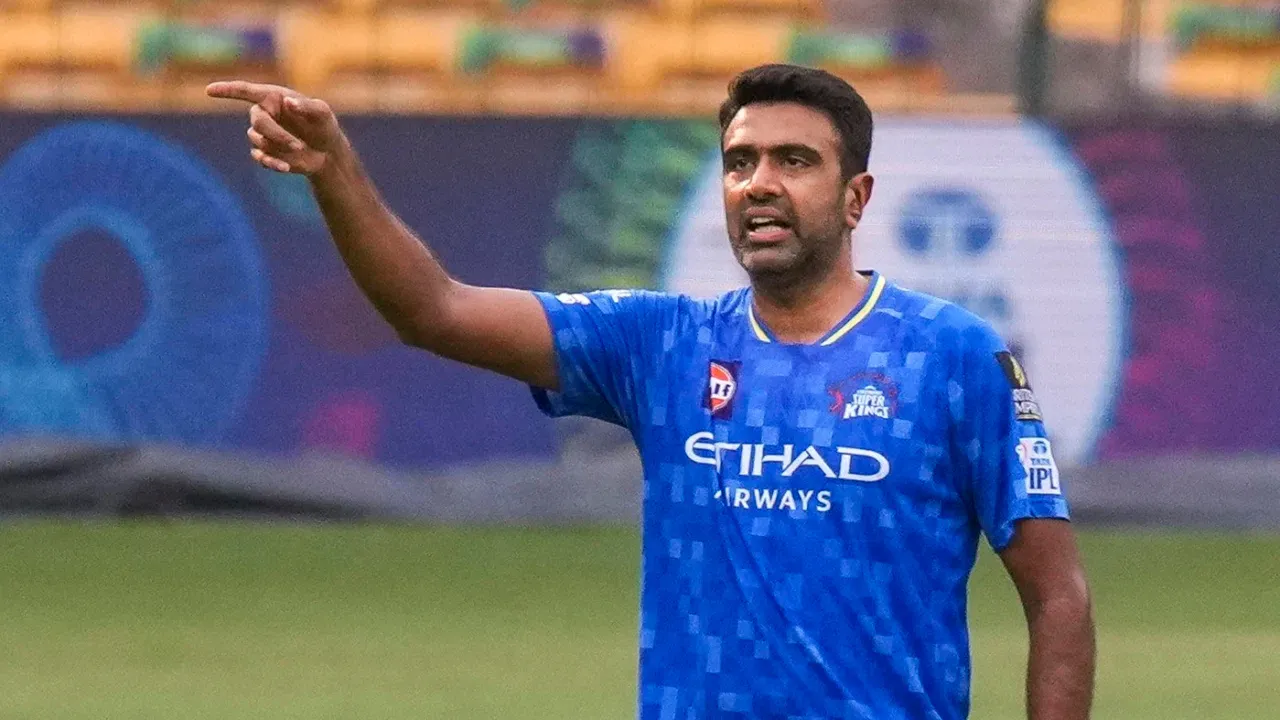
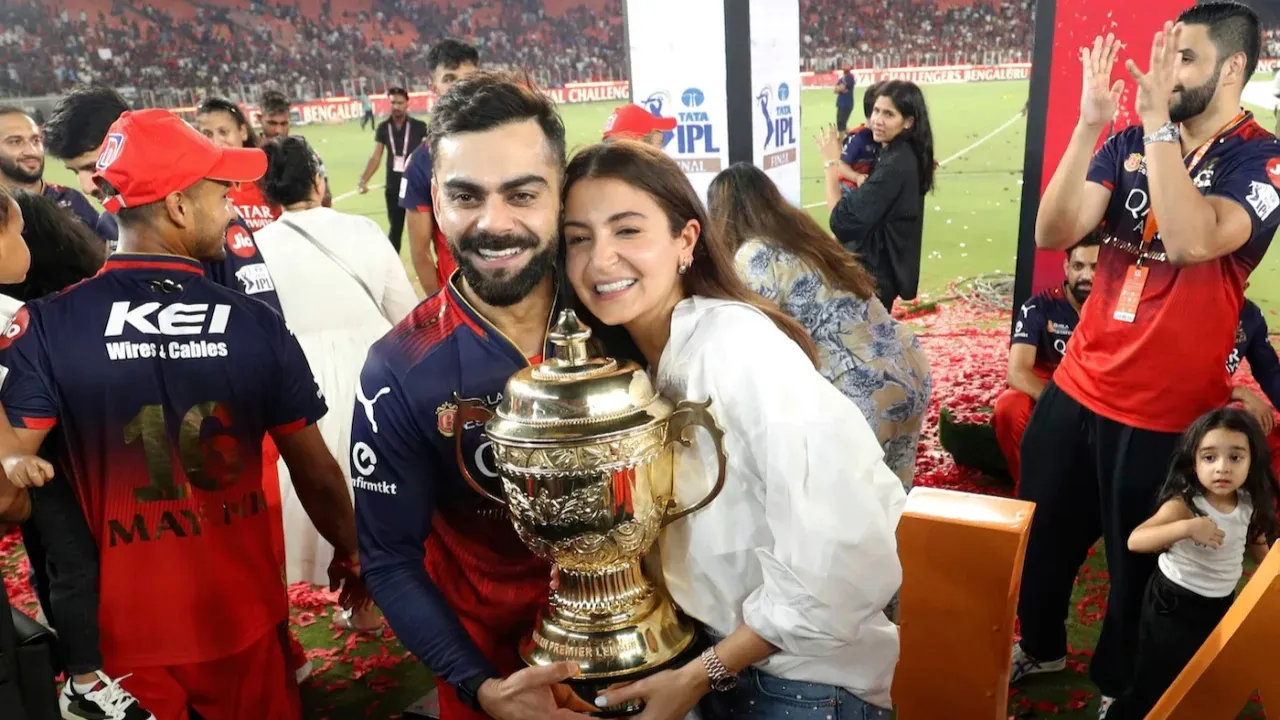
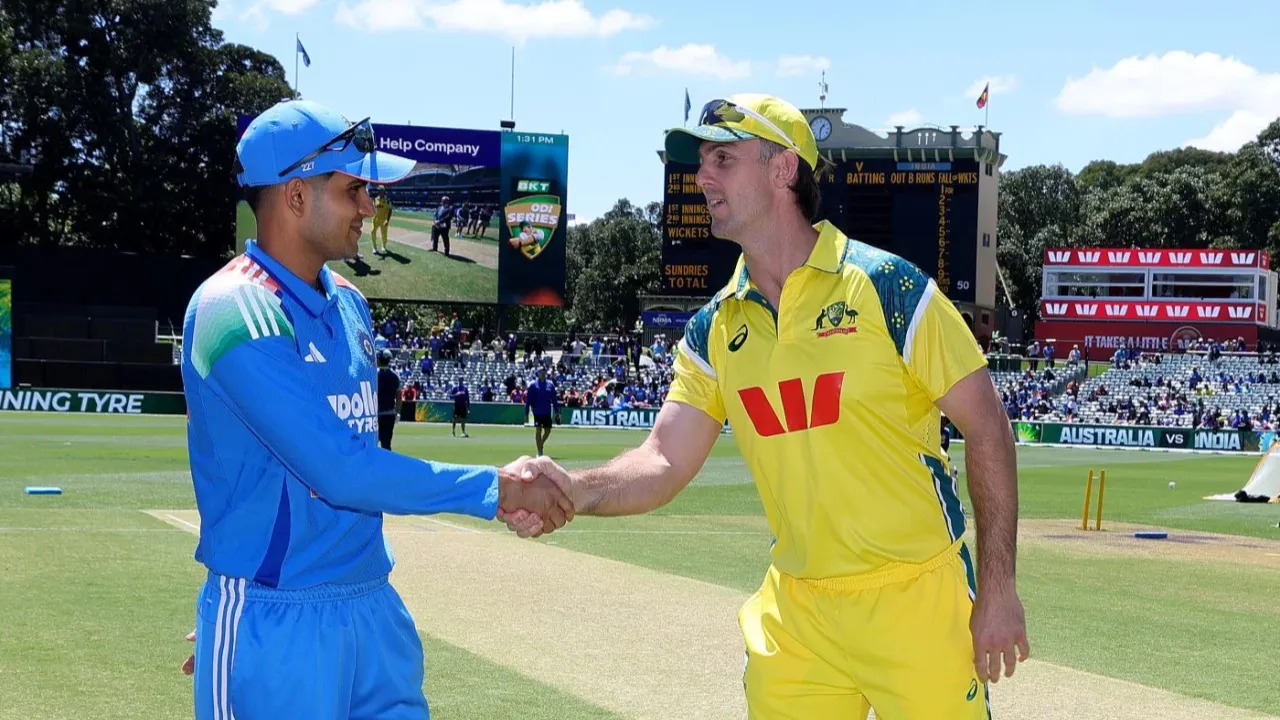
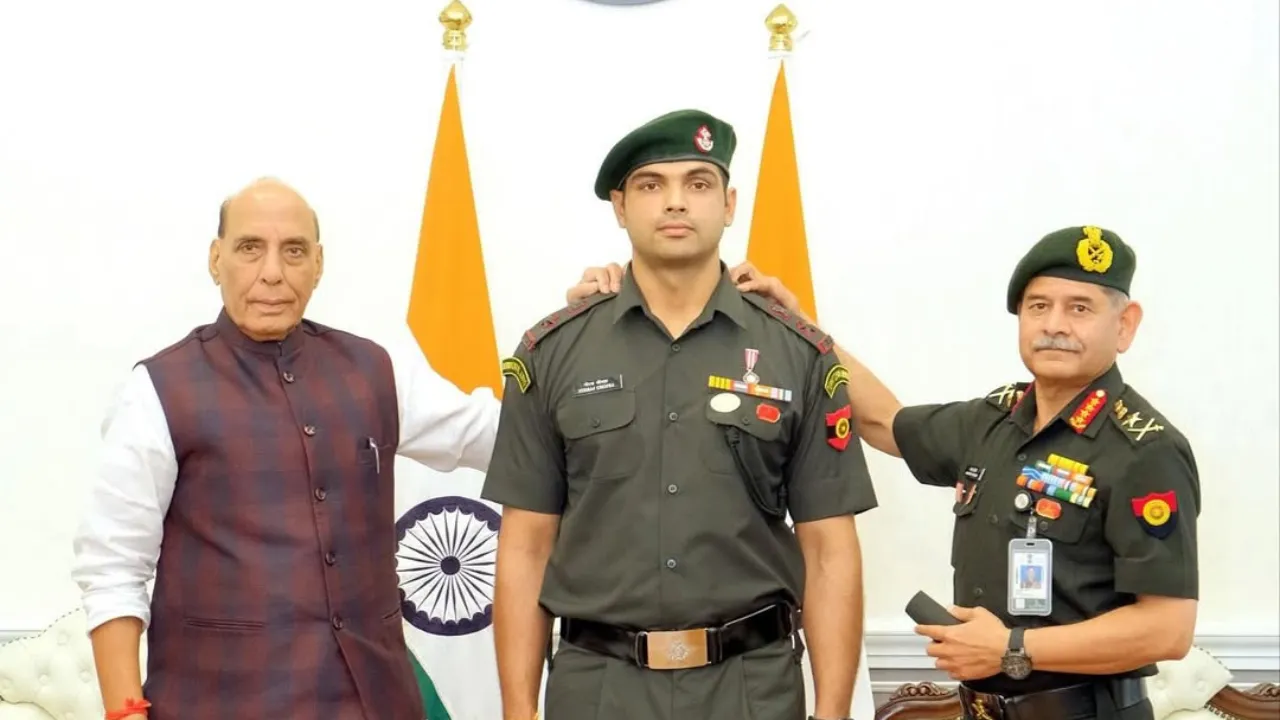


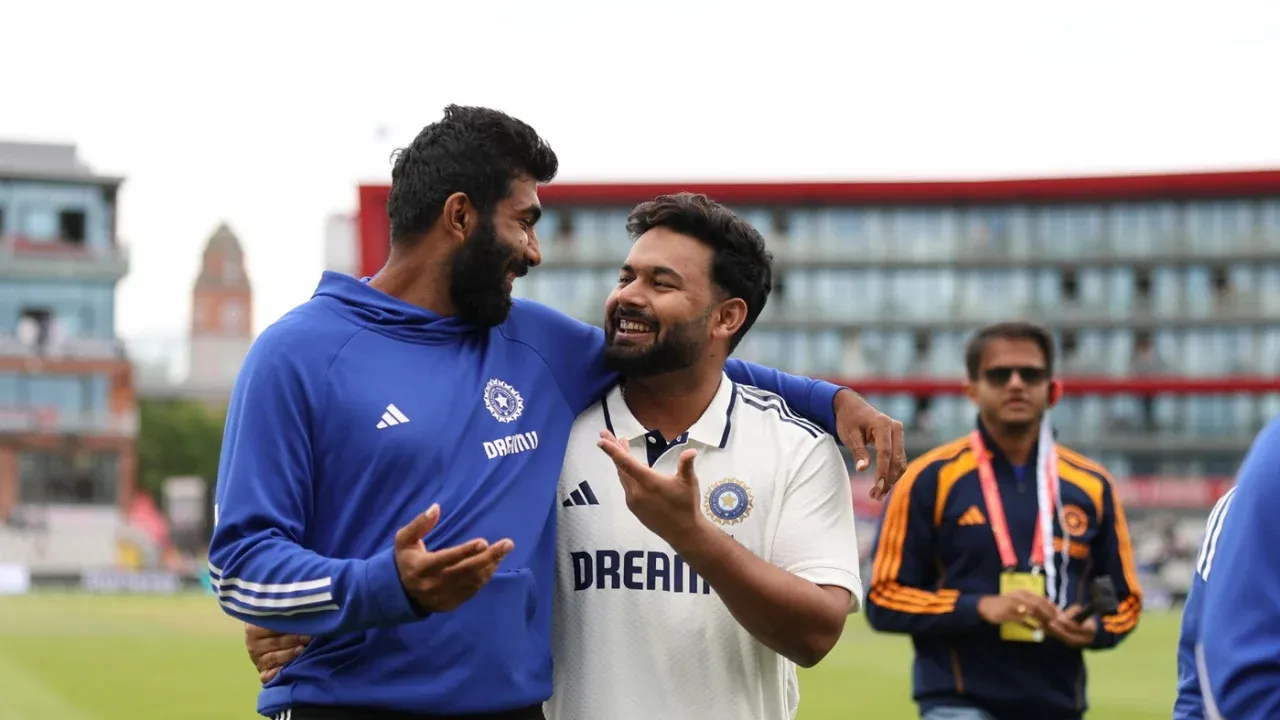
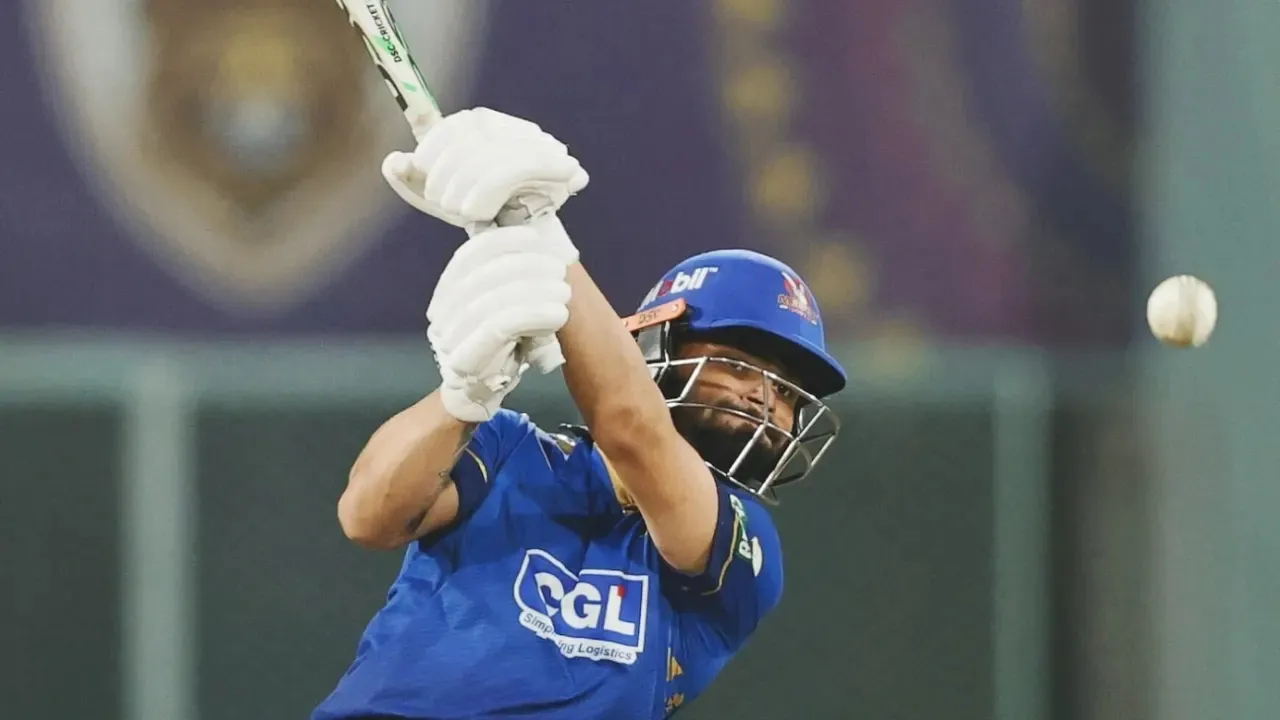
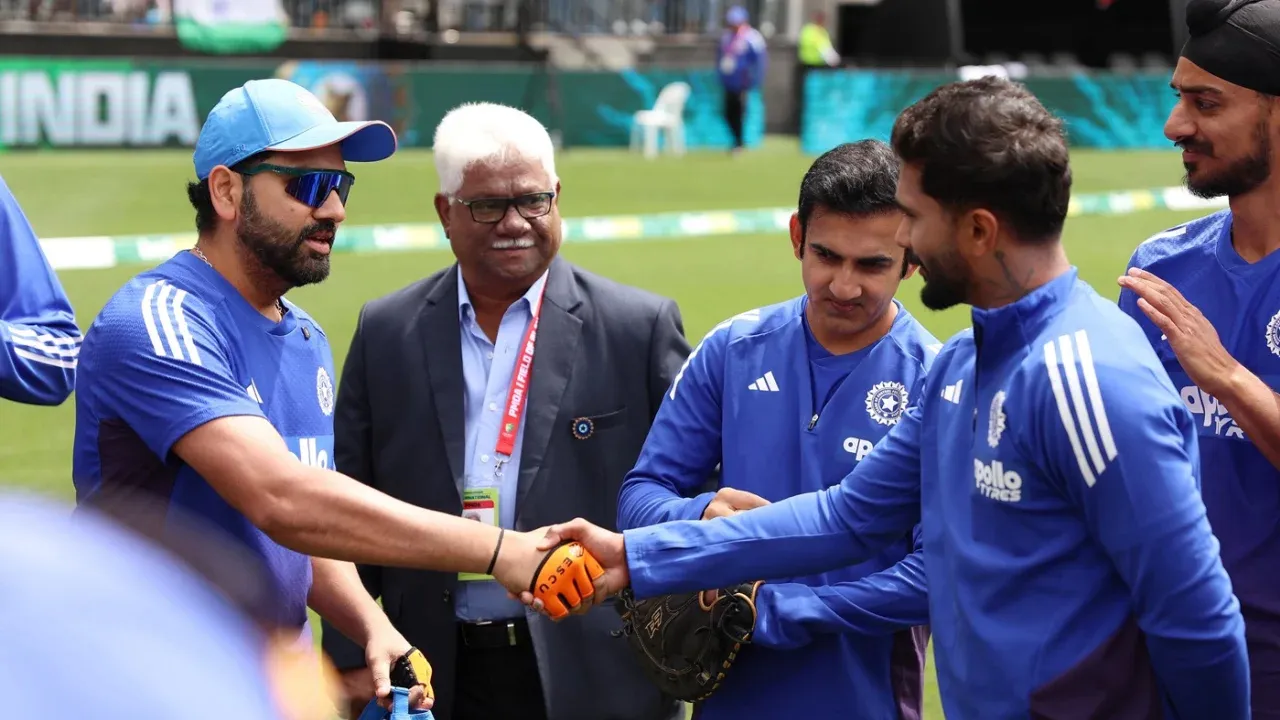
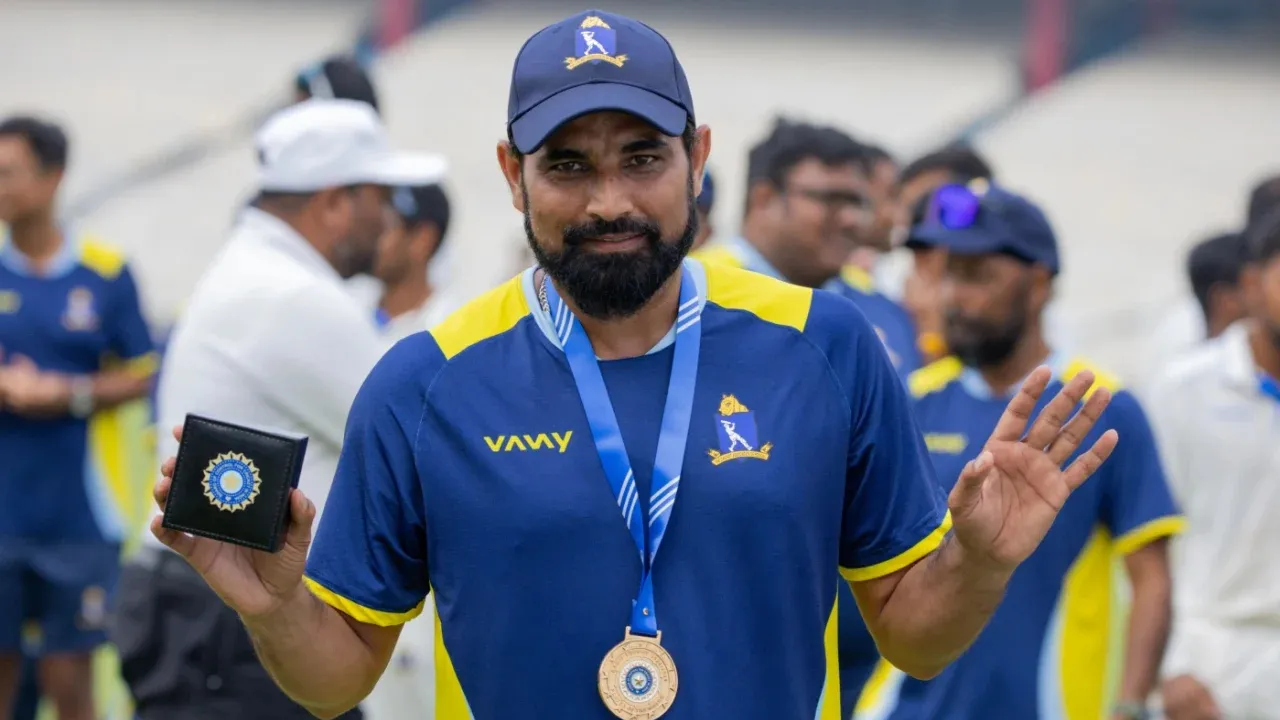

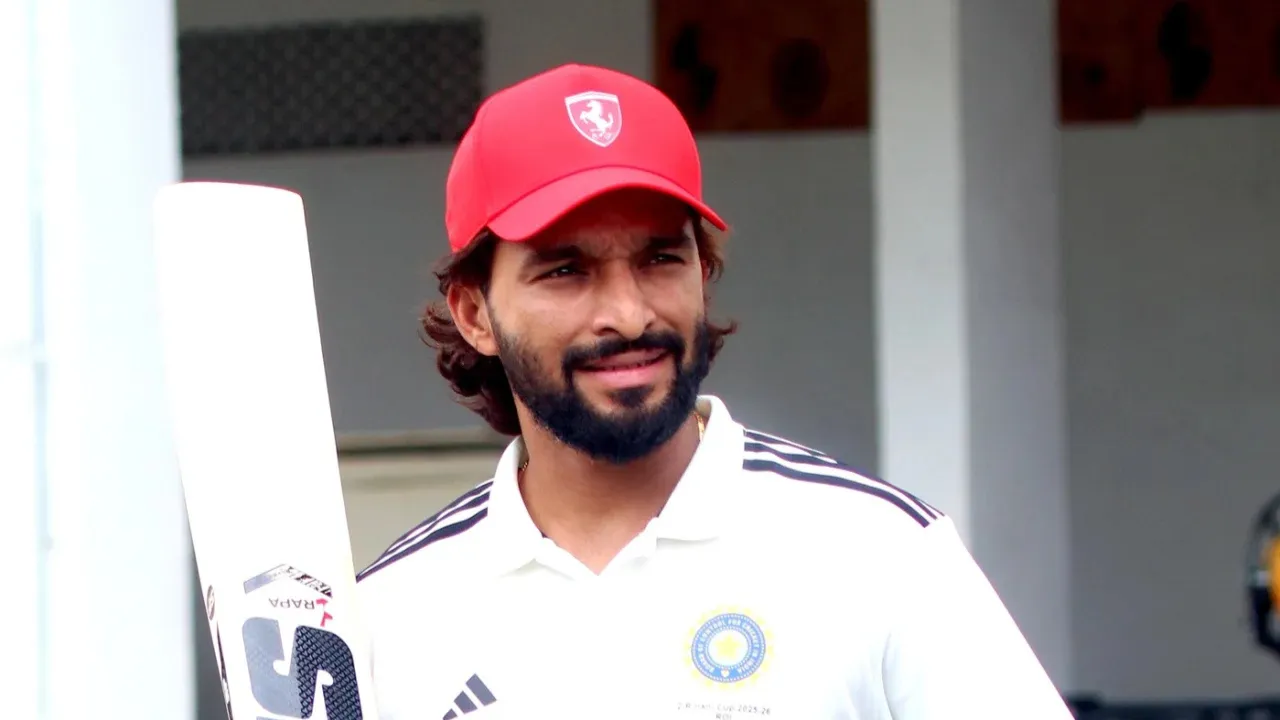

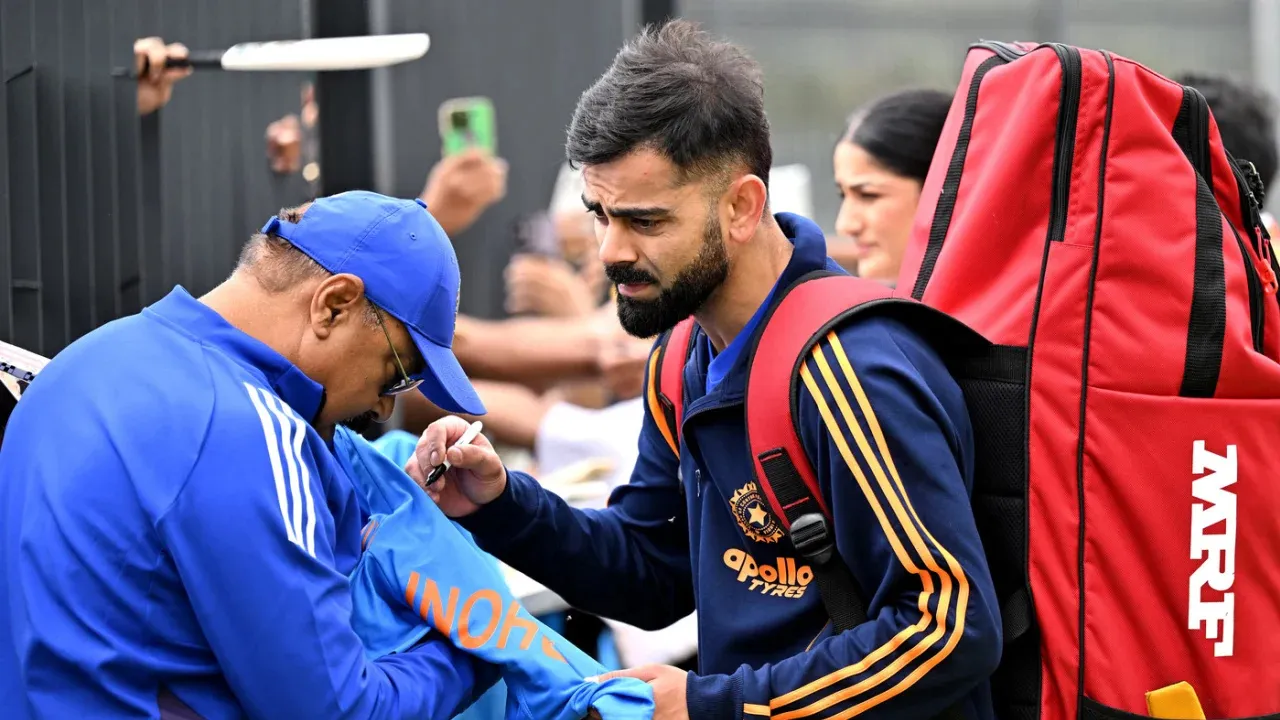
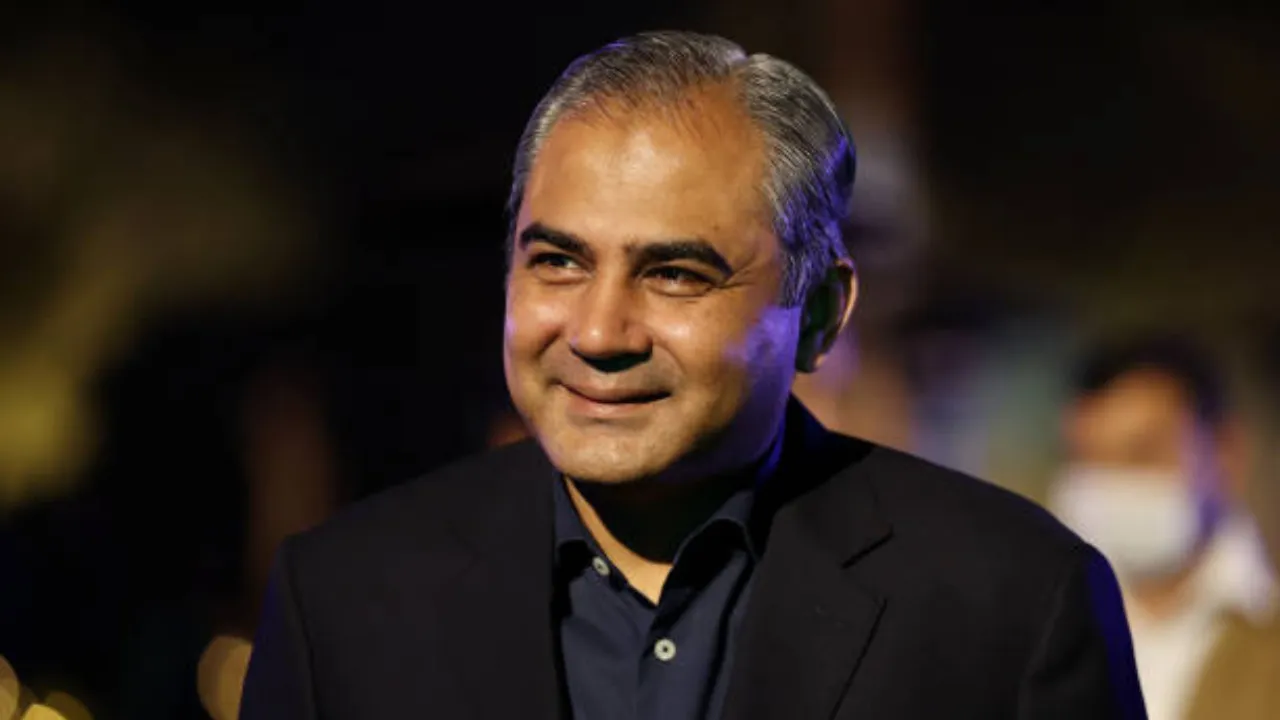

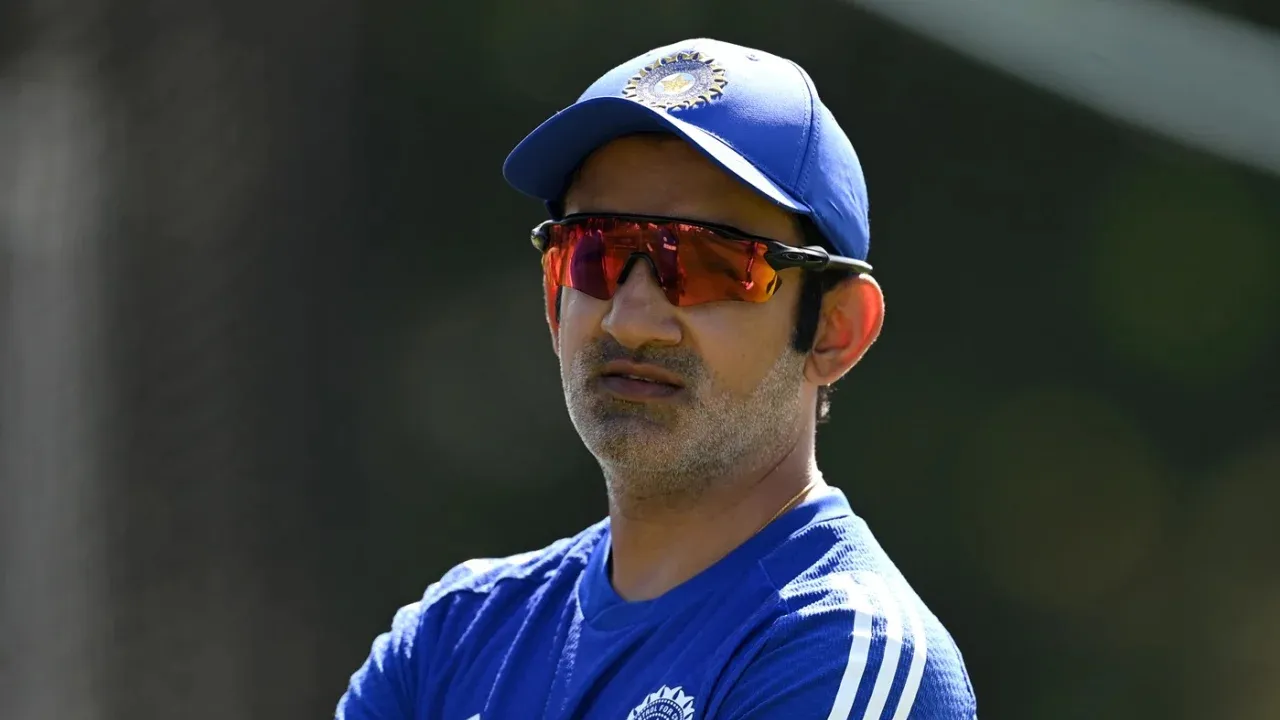
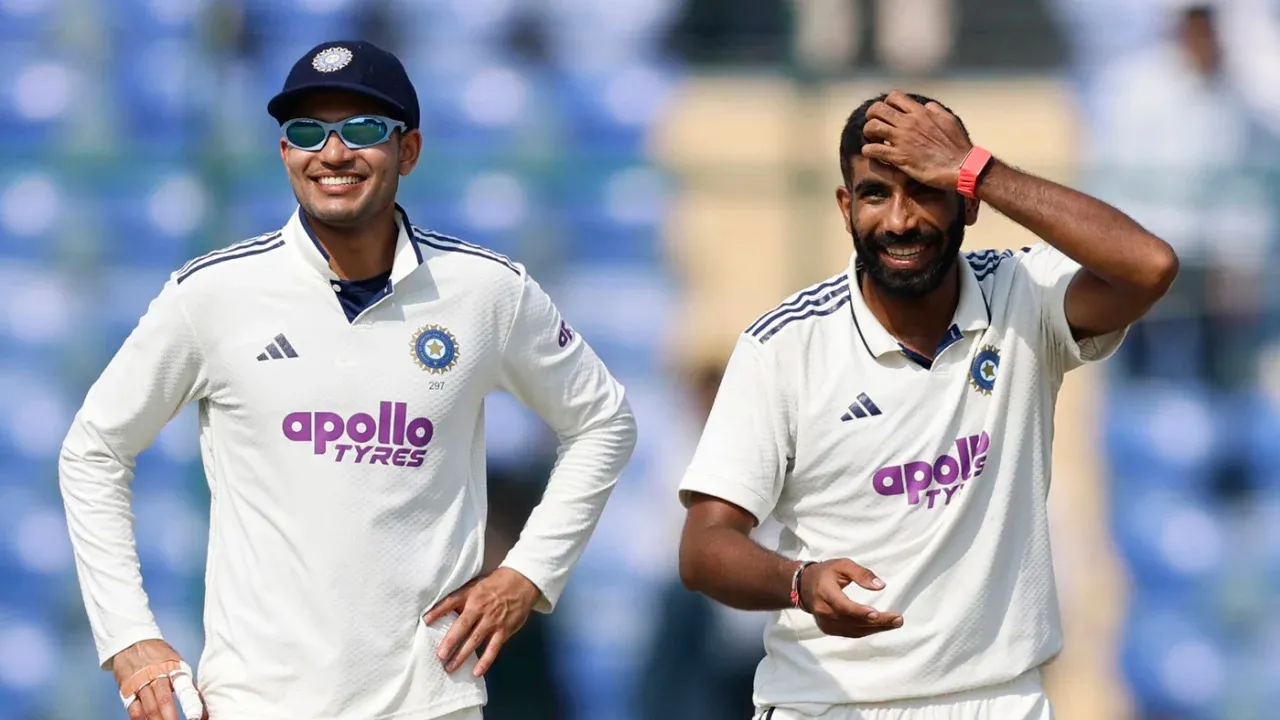
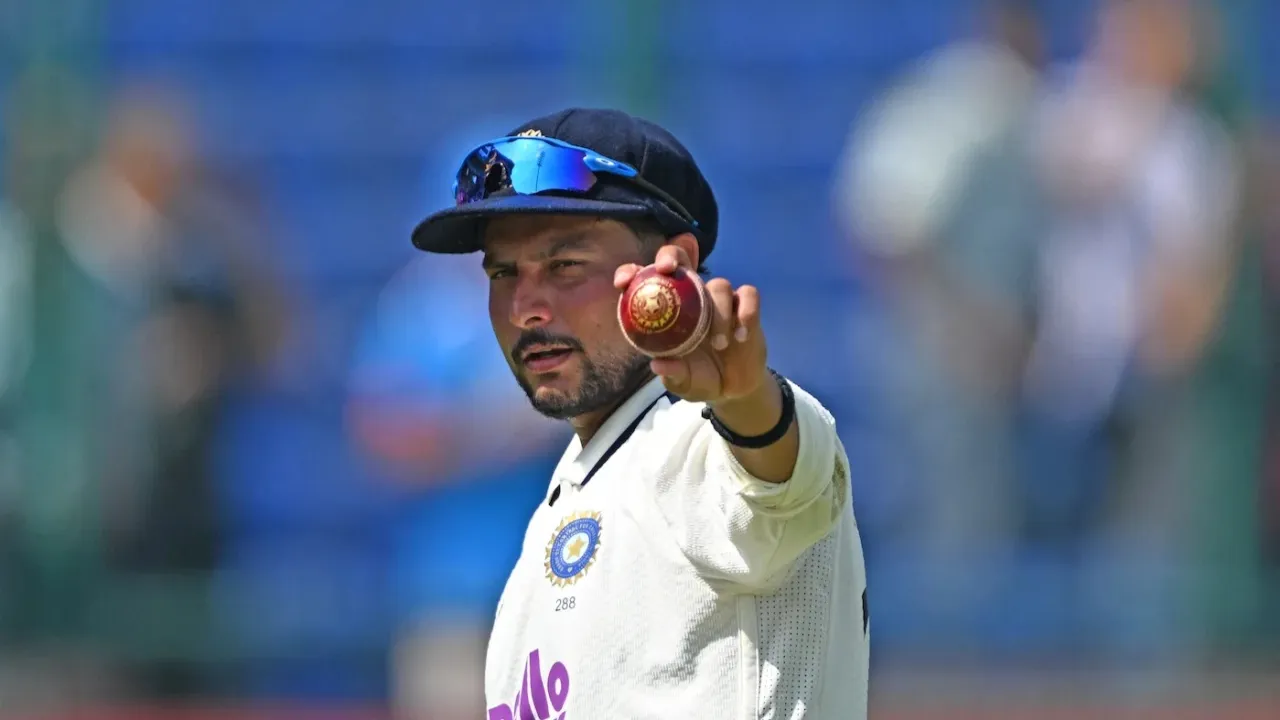


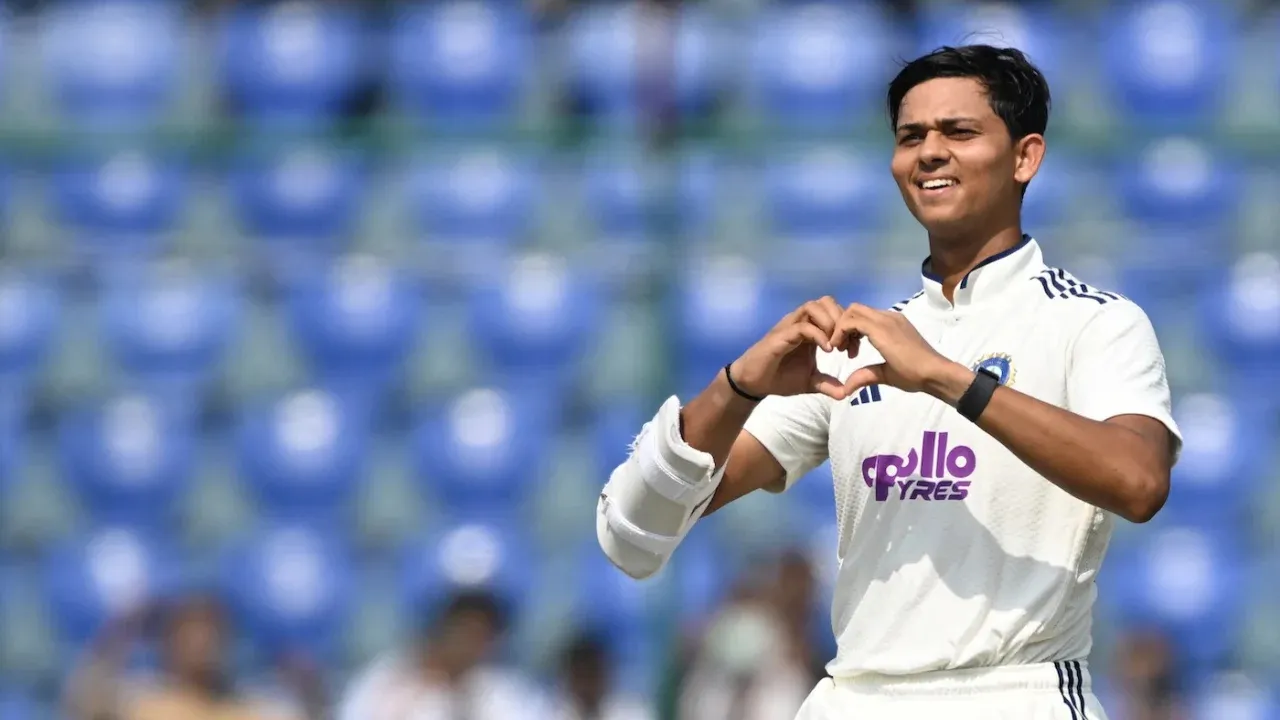

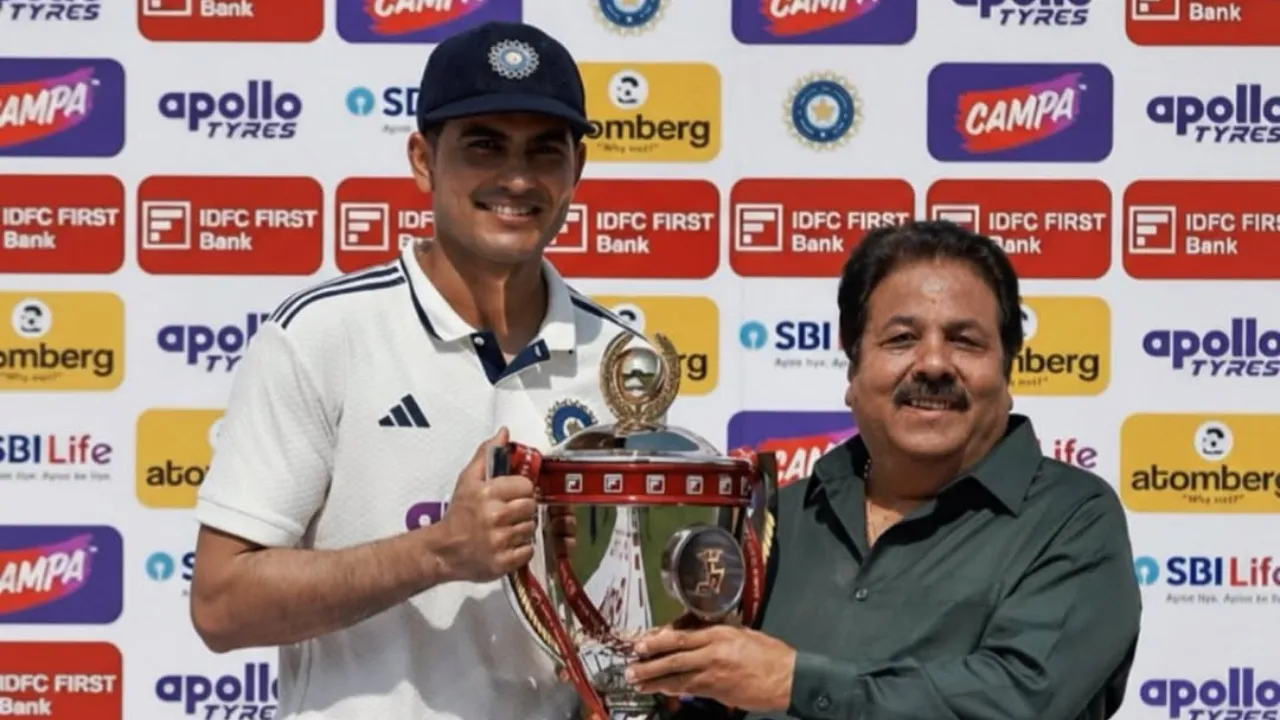


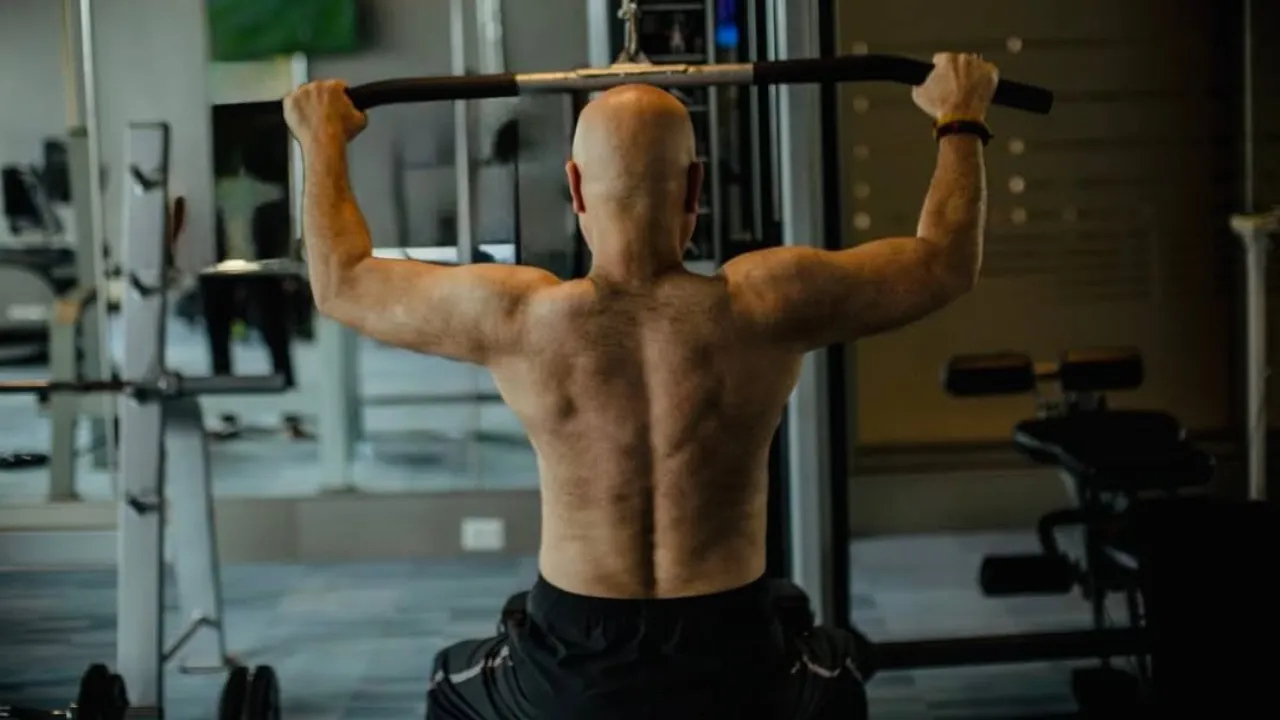



Ravi Shastri Breaks Silence on Family Travel Diktat!